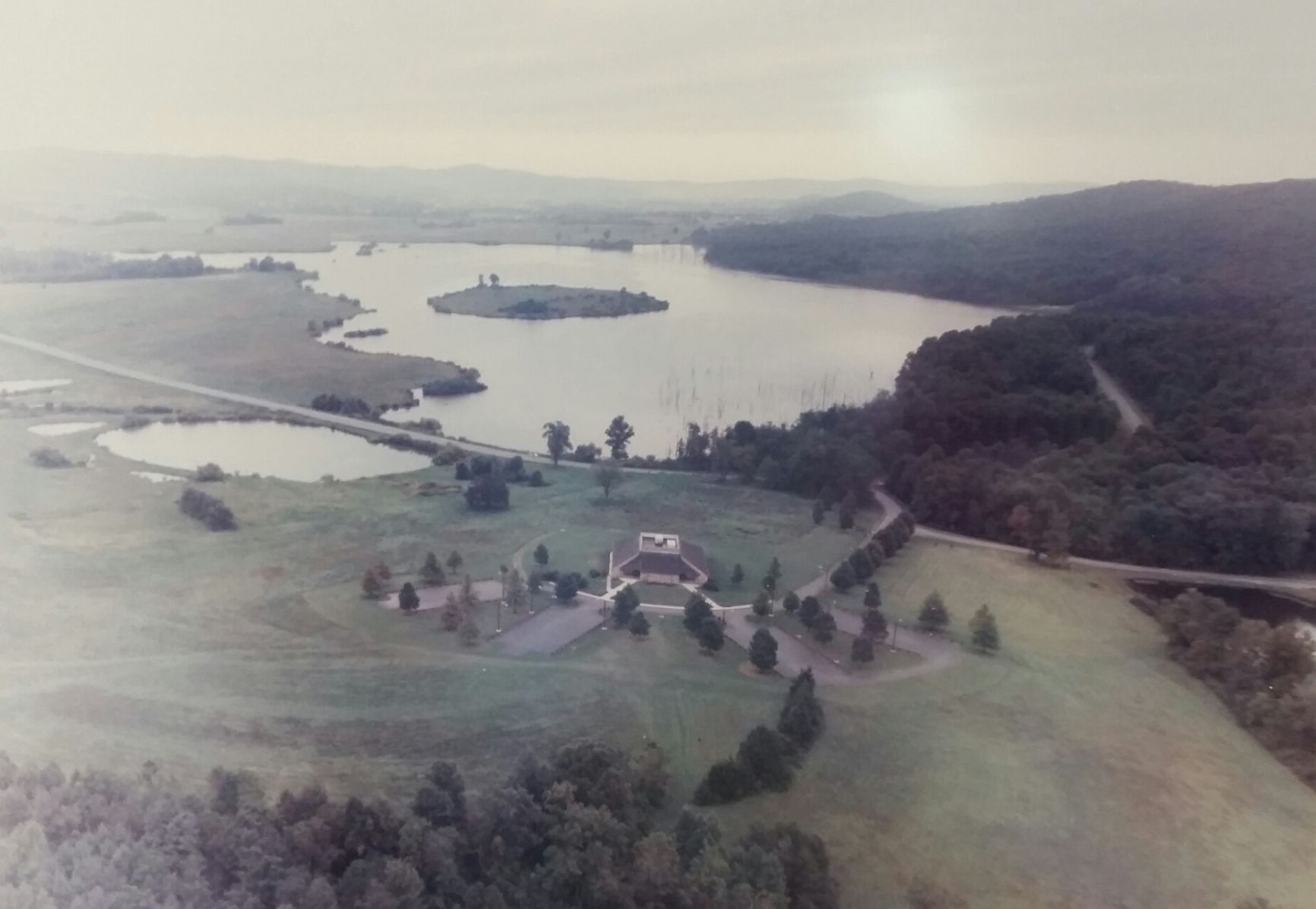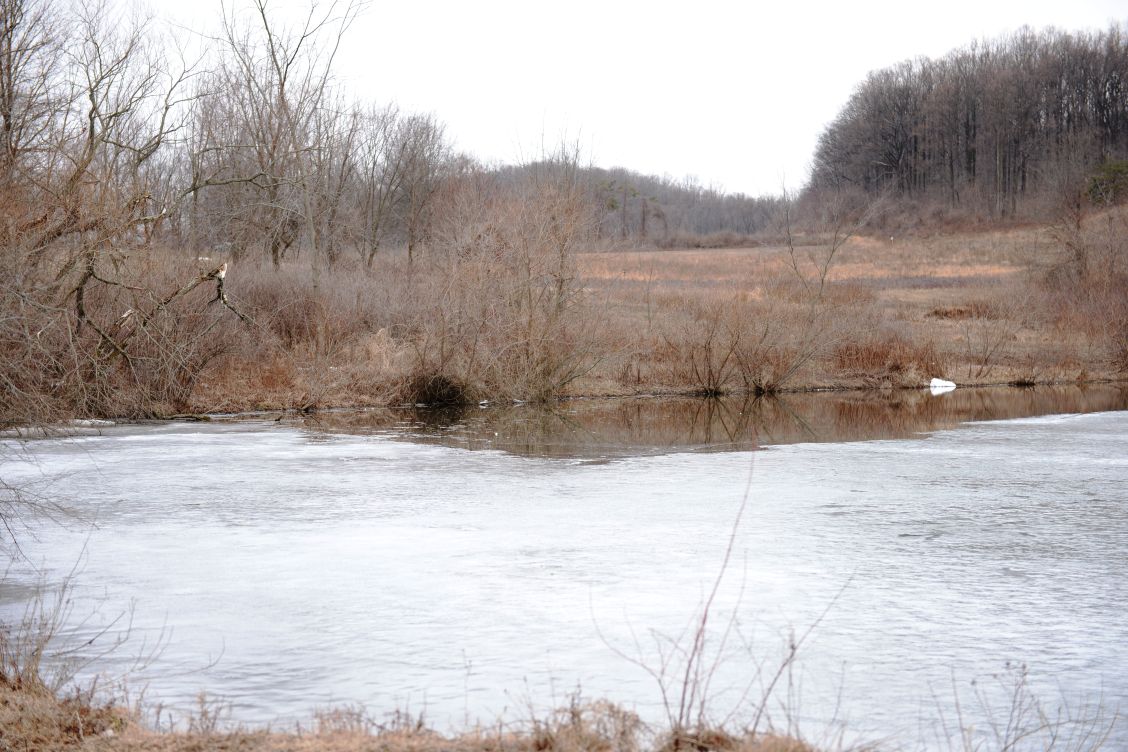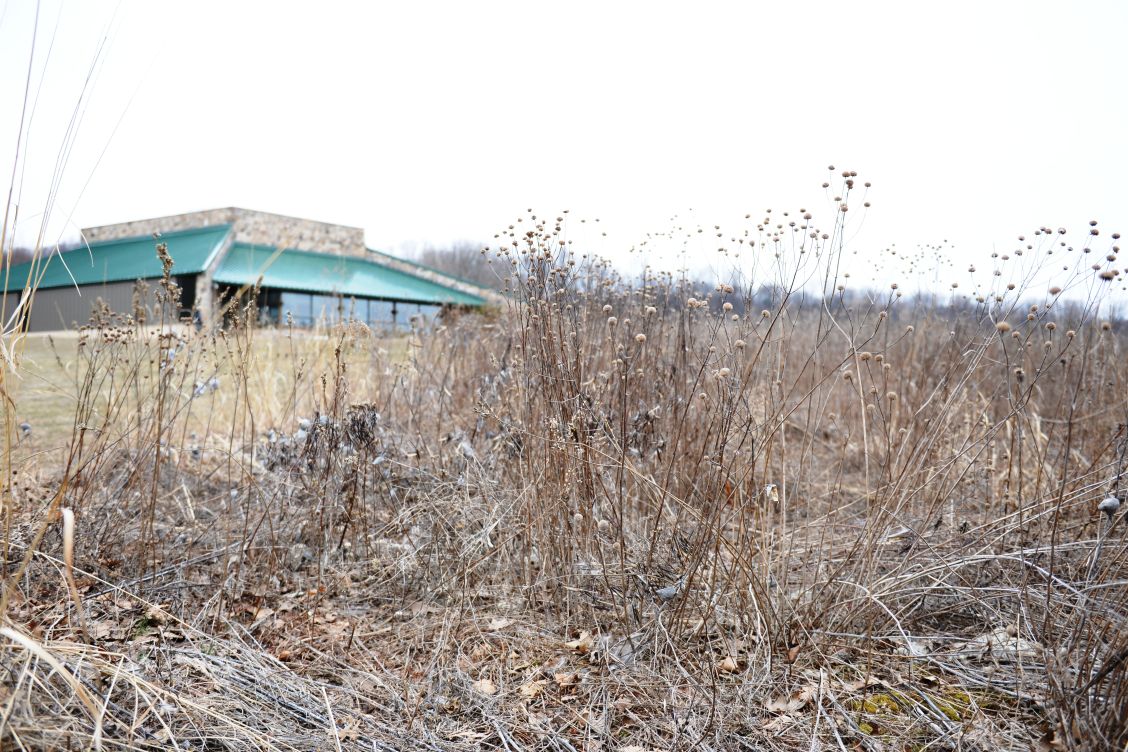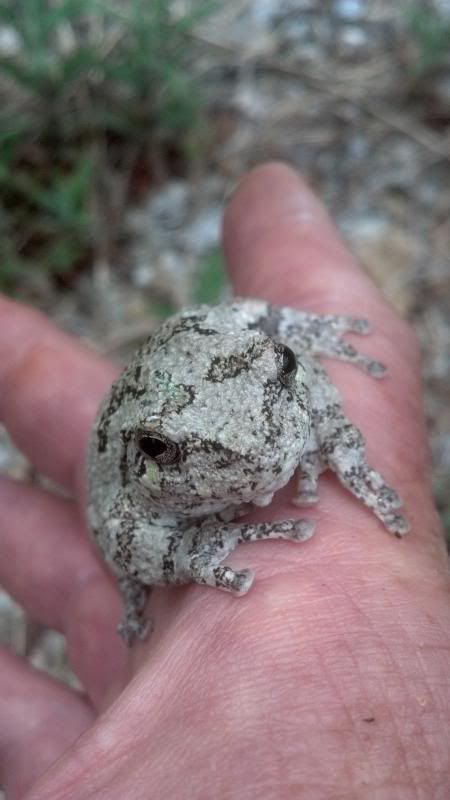Post by Goosehunter on Mar 29, 2015 17:47:20 GMT -5
With this article P.J. Reilley might be on Jim Binder's hit list.
Middle Creek has always been touted as one of the PGC's Crown Jewels, today it has been exposed as one of the more poorly managed State Game Lands in Pa.
There will be a closed door meeting held in the near future to determine what the future of MC will be. Someone needs to be held responsible for the past 17 years of poor habitat management.
Remember, Middle Creek was built primarily for Waterfowl hunting.
Special Goose Hunting Regulations Around Middle Creek Have Failed
Posted: Sunday, March 29, 2015 6:00 am
By P.J. REILLY | Staff Writer
"The box" is a bust.
There. I said it.
I've been thinking it for a couple of years, and now I've put it into print for all to see and discuss.
"The box" is the colloquial name for the 8-square-mile zone surrounding Middle Creek Wildlife Management Area, where Canada goose hunters are governed by stricter bag limits than in the rest of the state.
And after nine years of such protection, the goose population at Middle Creek has only gone down and the hunting from the blinds in Middle Creek's controlled area has only gotten worse.
Last season, 1,114 people hunted from the Middle Creek blinds maintained by the Pennsylvania Game Commission.
They shot 121 Canada geese, for an 11 percent success rate.
That's pathetic.
Only one year ever was worse — 2012-13 — and the success rate that year was 10 percent.
Remember, Middle Creek was built in the 1970s primarily to provide eastern Pennsylvania hunters with a place to hunt Canada geese.
The Game Commission is planning to hold an internal meeting in the near future specifically to discuss the Middle Creek hunting program.
But for now, agency officials are tight-lipped about what they think and about what will be discussed.
"We will be holding an internal PGC staff meeting this spring to review the controlled shooting program, breeding goose populations, and harvest rates at Middle Creek," Ian Gregg, the agency's game-bird section supervisor, wrote in an email reply to a series of questions earlier this month.
"Since we are just in the early stages of assessment and discussions, any actual decisions on making changes or maintaining status quo are a little farther down the road.
"I can't offer any comments beyond that at this point."
Jim Binder, who manages Middle Creek for the Game Commission, had the same reply to requests for comment.
"I don't have answers to your questions at this time," Binder said via email.
"In the coming months, we are going to be looking at issues like the ones you point out.
"We will be discussing the controlled shooting program, breeding populations and harvest rates, but that doesn't mean changes will be coming. It's too early to know that. If there are any changes, however, it will be farther down the road."
Well since the Game Commission won't comment, we can speculate.
Here are a 10 things we know about the Middle Creek situation.
1.
"The box" is an area roughly bordered on the west by Route 501, the north by Route 419, the east by the Berks County line and Peartown Road and the south by the Pennsylvania Turnpike.
All of Middle Creek and the surrounding State Game Lands 46, plus a fair amount of private property, sit inside "the box."
2.
"The box" was created in 2006. Since then, hunters on private property have been limited to one goose during the September season. Outside "the box" the daily limit is eight.
No September hunting has been allowed at Middle Creek since 2000, and SGL 46 has been closed during that season since 2003.
During the regular goose season after September, private lands hunters inside "the box" can shoot three birds per day, like hunters outside.
But hunters on both SGL 46 and at Middle Creek are limited to just one goose per day during that time.
So there has been no September hunting from the Middle Creek blinds for 15 years, and none from SGL 46 for 12 years.
Additionally, for nine years private-lands hunters have only been allowed to shoot one goose per day in September, and Middle Creek and SGL 46 hunters have been held to the same limit during the regular season.
3.
The resident Canada goose population at Middle Creek in 1995 was around 5,000. Today, it hovers around 1,000.
4.
The number of manmade goose nesting structures maintained at Middle Creek has declined from 135 in 2002 to 100 last year.
Regardless of how many nesting structures there have been, it seems 90 is the average number being used year in and year out.
5.
The habitat at Middle Creek has changed dramatically over the past 20 years — roughly mirroring the decline in the goose hunting and goose population there.

This is a photo of an old aerial photo that hangs on a wall inside the Middle Creek Visitors Center. The date of the photo is unknown, but you can see the Visitor's Center in the center, facing the main lake. Notice the lawn in front of the building and around the pond to the left. That pond is the one shown in another photo with this story, which shows trees and shrubs surrounding it.
Where the project used to be kept primarily in crops or mowed grass, there now are substantial areas that have basically been allowed to grow wild. Thick vegetation stands in many areas that used to be mowed.
Take the pond along Kleinfeltersville Road, right in front of the Middle Creek Visitors' Center.

The banks of this pond in front of the Middle Creek Visitors Center are now overgrown, where they once were kept mowed.
The area around that pond basically used to be mowed right to the edge. Now the bank is overgrown with native plants, shrubs and trees.
Same goes for the pond behind the main lake, off Chapel Road.
I helped catch tundra swans there for a banding project back in 1998, and my photos show the banks of that pond mowed bare.
On a visit to Middle Creek last week, I couldn't even see the pond, due to all the vegetation.
6.
Type "how to get rid of nuisance geese" into any Internet search engine, and you will see this description posted in many ways, by many experts.
"Another way that you can make your property unattractive to geese is to let the grasses around your lake or ponds grow really tall (around 20 inches) and wide (a couple of feet)," Wildlifeanimalcontrol.com states.
"This makes your property look shaggy and un-kept, but letting the plants grow limits the easy access that Canada geese are used to, and chances are they will find somewhere else to nest for the year."
7.
Wild, overgrown habitat is great for songbirds and rodents, for sure. And you can see lots of those animals at Middle Creek these days.
But it's also great cover for predators that love to eat Canada geese, their eggs and their goslings — namely foxes, raccoons and coyotes.

Tall grasses grow in front of the Middle Creek Visitors Center. The lawn there used to be mowed.
Trapping used to be allowed in the controlled area at Middle Creek, but it's been banned for several years, leaving predator populations there unchecked.
8.
Greenfield Corporate Center in East Lampeter Township is a manicured business park with a network of protected ponds that hold a fair number of Canada geese.
The farms for miles around Greenfield are hunted hard by dedicated waterfowlers, who can shoot eight geese per day in September and three per day during the rest of the season. But there doesn't seem to be a shortage of Canadas there.
And where Middle Creek seems to be less attractive in recent times to migrating honkers, Greenfield remains a magnet year in and year out.
9.
Hunters in and around Middle Creek seem to be effective at bagging Middle Creek birds.
By looking at reports of leg bands recovered from Canada geese by the hunters who shot them, the Game Commission can develop a recovery rate.
The recovery rate for Middle Creek birds from 2000-05 was 10.3 percent. From 2006-09 — with "the box" restrictions in place — the recovery rate actually climbed to 16.5 percent.
At Pymatuning Reservoir in Crawford County, which is basically northwest Pennsylvania's version of Middle Creek, the recovery rate from 2000-09 was 3 percent.
10.
The hunting at Middle Creek stinks, and "the box" has not improved that fact at all.
Lancaster Online
Middle Creek has always been touted as one of the PGC's Crown Jewels, today it has been exposed as one of the more poorly managed State Game Lands in Pa.
There will be a closed door meeting held in the near future to determine what the future of MC will be. Someone needs to be held responsible for the past 17 years of poor habitat management.
Remember, Middle Creek was built primarily for Waterfowl hunting.
Special Goose Hunting Regulations Around Middle Creek Have Failed
Posted: Sunday, March 29, 2015 6:00 am
By P.J. REILLY | Staff Writer
"The box" is a bust.
There. I said it.
I've been thinking it for a couple of years, and now I've put it into print for all to see and discuss.
"The box" is the colloquial name for the 8-square-mile zone surrounding Middle Creek Wildlife Management Area, where Canada goose hunters are governed by stricter bag limits than in the rest of the state.
And after nine years of such protection, the goose population at Middle Creek has only gone down and the hunting from the blinds in Middle Creek's controlled area has only gotten worse.
Last season, 1,114 people hunted from the Middle Creek blinds maintained by the Pennsylvania Game Commission.
They shot 121 Canada geese, for an 11 percent success rate.
That's pathetic.
Only one year ever was worse — 2012-13 — and the success rate that year was 10 percent.
Remember, Middle Creek was built in the 1970s primarily to provide eastern Pennsylvania hunters with a place to hunt Canada geese.
The Game Commission is planning to hold an internal meeting in the near future specifically to discuss the Middle Creek hunting program.
But for now, agency officials are tight-lipped about what they think and about what will be discussed.
"We will be holding an internal PGC staff meeting this spring to review the controlled shooting program, breeding goose populations, and harvest rates at Middle Creek," Ian Gregg, the agency's game-bird section supervisor, wrote in an email reply to a series of questions earlier this month.
"Since we are just in the early stages of assessment and discussions, any actual decisions on making changes or maintaining status quo are a little farther down the road.
"I can't offer any comments beyond that at this point."
Jim Binder, who manages Middle Creek for the Game Commission, had the same reply to requests for comment.
"I don't have answers to your questions at this time," Binder said via email.
"In the coming months, we are going to be looking at issues like the ones you point out.
"We will be discussing the controlled shooting program, breeding populations and harvest rates, but that doesn't mean changes will be coming. It's too early to know that. If there are any changes, however, it will be farther down the road."
Well since the Game Commission won't comment, we can speculate.
Here are a 10 things we know about the Middle Creek situation.
1.
"The box" is an area roughly bordered on the west by Route 501, the north by Route 419, the east by the Berks County line and Peartown Road and the south by the Pennsylvania Turnpike.
All of Middle Creek and the surrounding State Game Lands 46, plus a fair amount of private property, sit inside "the box."
2.
"The box" was created in 2006. Since then, hunters on private property have been limited to one goose during the September season. Outside "the box" the daily limit is eight.
No September hunting has been allowed at Middle Creek since 2000, and SGL 46 has been closed during that season since 2003.
During the regular goose season after September, private lands hunters inside "the box" can shoot three birds per day, like hunters outside.
But hunters on both SGL 46 and at Middle Creek are limited to just one goose per day during that time.
So there has been no September hunting from the Middle Creek blinds for 15 years, and none from SGL 46 for 12 years.
Additionally, for nine years private-lands hunters have only been allowed to shoot one goose per day in September, and Middle Creek and SGL 46 hunters have been held to the same limit during the regular season.
3.
The resident Canada goose population at Middle Creek in 1995 was around 5,000. Today, it hovers around 1,000.
4.
The number of manmade goose nesting structures maintained at Middle Creek has declined from 135 in 2002 to 100 last year.
Regardless of how many nesting structures there have been, it seems 90 is the average number being used year in and year out.
5.
The habitat at Middle Creek has changed dramatically over the past 20 years — roughly mirroring the decline in the goose hunting and goose population there.

This is a photo of an old aerial photo that hangs on a wall inside the Middle Creek Visitors Center. The date of the photo is unknown, but you can see the Visitor's Center in the center, facing the main lake. Notice the lawn in front of the building and around the pond to the left. That pond is the one shown in another photo with this story, which shows trees and shrubs surrounding it.
Where the project used to be kept primarily in crops or mowed grass, there now are substantial areas that have basically been allowed to grow wild. Thick vegetation stands in many areas that used to be mowed.
Take the pond along Kleinfeltersville Road, right in front of the Middle Creek Visitors' Center.

The banks of this pond in front of the Middle Creek Visitors Center are now overgrown, where they once were kept mowed.
The area around that pond basically used to be mowed right to the edge. Now the bank is overgrown with native plants, shrubs and trees.
Same goes for the pond behind the main lake, off Chapel Road.
I helped catch tundra swans there for a banding project back in 1998, and my photos show the banks of that pond mowed bare.
On a visit to Middle Creek last week, I couldn't even see the pond, due to all the vegetation.
6.
Type "how to get rid of nuisance geese" into any Internet search engine, and you will see this description posted in many ways, by many experts.
"Another way that you can make your property unattractive to geese is to let the grasses around your lake or ponds grow really tall (around 20 inches) and wide (a couple of feet)," Wildlifeanimalcontrol.com states.
"This makes your property look shaggy and un-kept, but letting the plants grow limits the easy access that Canada geese are used to, and chances are they will find somewhere else to nest for the year."
7.
Wild, overgrown habitat is great for songbirds and rodents, for sure. And you can see lots of those animals at Middle Creek these days.
But it's also great cover for predators that love to eat Canada geese, their eggs and their goslings — namely foxes, raccoons and coyotes.

Tall grasses grow in front of the Middle Creek Visitors Center. The lawn there used to be mowed.
Trapping used to be allowed in the controlled area at Middle Creek, but it's been banned for several years, leaving predator populations there unchecked.
8.
Greenfield Corporate Center in East Lampeter Township is a manicured business park with a network of protected ponds that hold a fair number of Canada geese.
The farms for miles around Greenfield are hunted hard by dedicated waterfowlers, who can shoot eight geese per day in September and three per day during the rest of the season. But there doesn't seem to be a shortage of Canadas there.
And where Middle Creek seems to be less attractive in recent times to migrating honkers, Greenfield remains a magnet year in and year out.
9.
Hunters in and around Middle Creek seem to be effective at bagging Middle Creek birds.
By looking at reports of leg bands recovered from Canada geese by the hunters who shot them, the Game Commission can develop a recovery rate.
The recovery rate for Middle Creek birds from 2000-05 was 10.3 percent. From 2006-09 — with "the box" restrictions in place — the recovery rate actually climbed to 16.5 percent.
At Pymatuning Reservoir in Crawford County, which is basically northwest Pennsylvania's version of Middle Creek, the recovery rate from 2000-09 was 3 percent.
10.
The hunting at Middle Creek stinks, and "the box" has not improved that fact at all.
Lancaster Online













